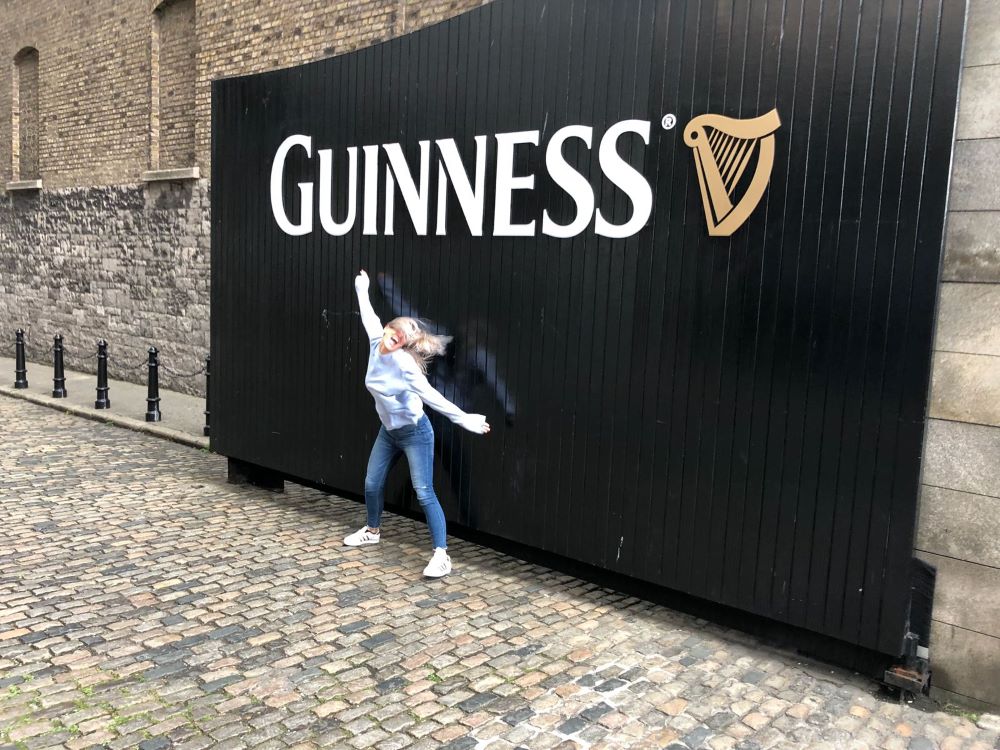The transport plan for Dublin city center aims to reduce cars, reallocate space to public transport, cycling and walking and create civic squares.
Dublin is taking a big step towards sustainability and quality of life with the new traffic plan that will ban through traffic through the city center. This ambitious change is part of a larger movement in Europe to give city centers back to pedestrians and cyclists, and follows similar initiatives in cities such as Paris, Amsterdam and Lisbon. The plan, which aims to reduce traffic in the city center by 60%, uses simple but effective means such as “bus gates” on both banks of the River Liffey to stop private vehicles from crossing, and a redesign of several streets to divert traffic.
This strategy, inspired by the concept of the '15-minute city', aims to ensure that residents can reach all major destinations within 15 minutes on foot or by bike. The idea has broad support among Dubliners; More than 80% of 3.500 respondents to a public consultation expressed support for this new zone. This indicates a significant shift in public opinion and a desire for a greener, more liveable city.
The strategy, developed by Dublin City Council and the National Transport Authority (NTA), aims to "remove traffic that has no destination in the city", with almost two in three motorists currently driving through the city rather than stopping there fuses.

If you want to truly immerse yourself in the unique history, heart and soul of Ireland's most iconic beer, there's only one place to be - its home. The Guinness Storehouse contains seven unforgettable floors of sights, sounds and sensations in a building that has been brewing beer for more than 250 years. The 9.000-year lease signed and sealed by Arthur Guinness himself in 1759 is so impressive, it's hard to find anything more special to top it.
The plans for Dublin include not only traffic restrictions but also the creation of new pedestrian streets and squares, which will make the heart of Dublin a more pleasant place to live. Despite the potential disruptions to certain historic routes, such as the delivery of the Guinness Brewery, opposition to the plan has so far been limited. This can be attributed to general concerns about the quality of life and safety in the city centre, which is still recovering from the Covid-19 pandemic and is experiencing a rise in violent crime and a serious housing shortage.
The ban on through traffic will likely lead to a shift to inner ring roads, but is seen as a step forward in reducing car dependency. With plans for the city's first metro line to connect the city center to the airport, and an ambition to improve public spaces such as College Green and Parliament Street, Dublin is setting a clear course towards a more sustainable future.




